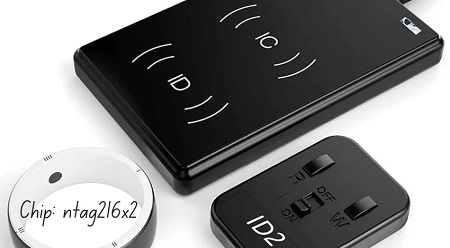
Introduction
In the realm of electronics and technology, datasheets serve as essential references for engineers, designers, and technicians. One such important document is the 95012554 B Datasheet. This datasheet provides detailed information about the specifications, features, and applications of the 95012554 B component, making it a crucial resource for anyone involved in electronic design and development. In this article, we will delve into the specifics of the 95012554 B Datasheet, highlighting its significance, technical details, and common applications.
What is the 95012554 B Component?
The 95012554 B is a versatile electronic component commonly use in various applications, from consumer electronics to industrial machinery. While the specific type of component can vary, the datasheet typically includes critical information about its functionality, electrical characteristics, and physical attributes. Understanding this component’s datasheet is vital for ensuring compatibility and optimizing performance in your projects.
Key Features of the 95012554 B Datasheet
1. Electrical Specifications
The electrical specifications section of the 95012554 B Datasheet outlines the component’s performance under different conditions. Key parameters often include:
- Voltage Ratings: The maximum and minimum voltages the component can handle.
- Current Ratings: The maximum current the component can draw without damage.
- Power Dissipation: The amount of power the component can dissipate safely.
- Frequency Range: For components used in signal processing, the datasheet often specifies the frequency range within which the component operates effectively.
2. Mechanical Characteristics
Mechanical characteristics are crucial for integrating the 95012554 B into various systems. This section typically includes:
- Package Type: The physical dimensions and shape of the component, which affect how it can be mounted in electronic assemblies.
- Weight: Important for applications where size and weight are critical factors.
- Material Composition: Information about the materials used in the component’s construction, which can influence durability and performance.
3. Thermal Characteristics
Thermal performance is another critical aspect detailed in the 95012554 B Datasheet. Key parameters include:
- Operating Temperature Range: The temperatures within which the component can function reliably.
- Thermal Resistance: A measure of how well the component can dissipate heat, crucial for preventing overheating during operation.
4. Pin Configuration and Functionality
For many components, the pin configuration section provides a diagram showing the layout of pins along with their specific functions. Understanding the pin configuration is essential for correctly integrating the component into a circuit.
5. Application Notes
The application notes section of the datasheet often provides examples of how the component can be used in real-world scenarios. This guidance can be invaluable for engineers looking to implement the component effectively in their designs.
Applications of the 95012554 B
The versatility of the 95012554 B makes it suitable for a wide range of applications. Some common uses include:
1. Consumer Electronics
The 95012554 B is often found in consumer electronic devices, such as smartphones, tablets, and home appliances. Its reliable performance in power management or signal processing is crucial for enhancing device functionality.
2. Automotive Systems
In the automotive industry, the 95012554 B can be used in various systems, including engine control units and infotainment systems. Its ability to operate within a wide temperature range makes it ideal for the challenging environments found in vehicles.
3. Industrial Automation
The component is also widely utilized in industrial automation applications, including robotics, control systems, and manufacturing equipment. Its robust performance and durability ensure reliable operation in demanding industrial settings.
4. Telecommunications
In telecommunications, the 95012554 B can be employee in signal processing and data transmission applications. Its electrical characteristics make it suitable for managing high-frequency signals and ensuring data integrity.
Frequently Asked Questions (FAQs)
What is the primary function of the 95012554 B?
The 95012554 B serves various functions depending on its specific design, including power management, signal processing, and control functions in electronic circuits.
Where can I find the 95012554 B Datasheet?
The datasheet for the 95012554 B can typically be found on the manufacturer’s website or through authorized distributors. It is important to ensure that you are viewing the most recent version for accurate information.
How do I interpret the specifications in the datasheet?
Understanding the specifications requires some knowledge of electronic components. Key parameters like voltage, current, and thermal ratings should be compare to the requirements of your application to ensure compatibility.
Is the 95012554 B suitable for high-temperature applications?
Yes, the 95012554 B is design to operate within a specified temperature range, making it suitable for applications that experience high temperatures. Always refer to the datasheet for exact ratings.
Can I use the 95012554 B in custom circuits?
Absolutely! The 95012554 B is design for flexibility and can be integrate into custom circuits, provided the design adheres to the specifications outlined in the datasheet.
Conclusion
The 95012554 B Datasheet is an essential document for anyone working with this versatile electronic component. By understanding its specifications, features, and applications, engineers and designers can effectively utilize the 95012554 B in various projects. Whether you’re involve in consumer electronics, automotive systems, industrial automation, or telecommunications, having access to and comprehending the datasheet is crucial for optimizing performance and ensuring reliability. As technology continues to advance, components like the 95012554 B will remain integral to innovative designs and solutions.



you’re really a good webmaster. The site loading speed is incredible. It seems that you are doing any unique trick. In addition, The contents are masterpiece. you’ve done a excellent job on this topic!